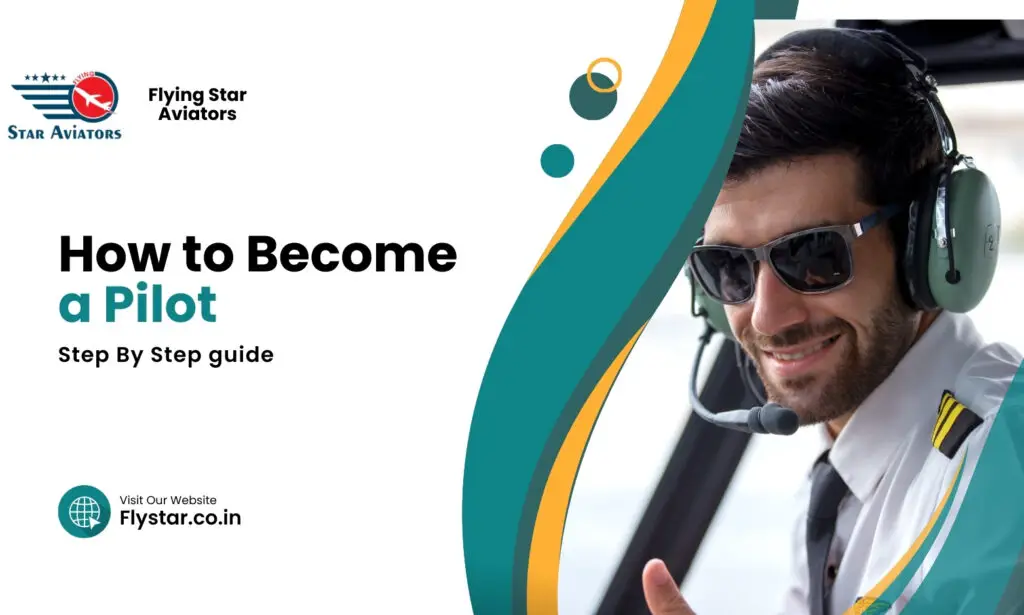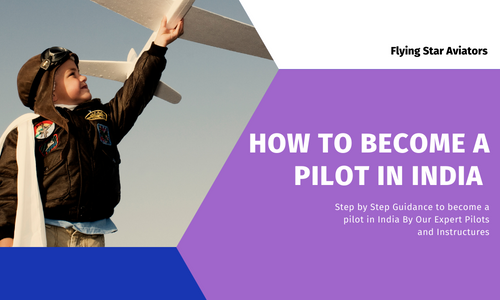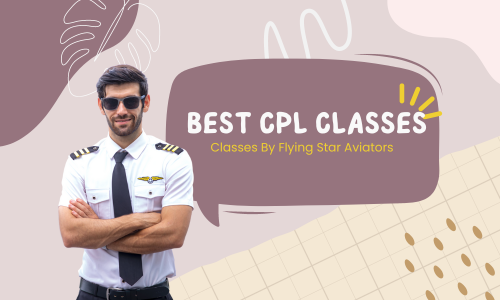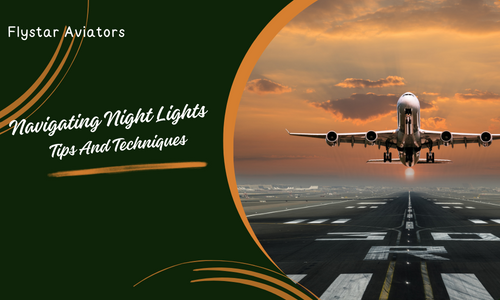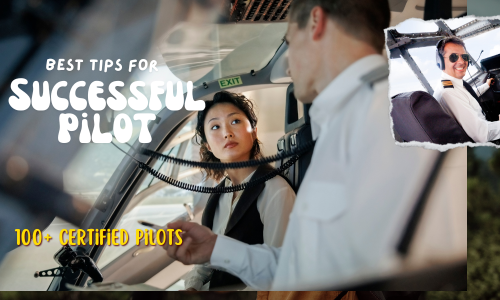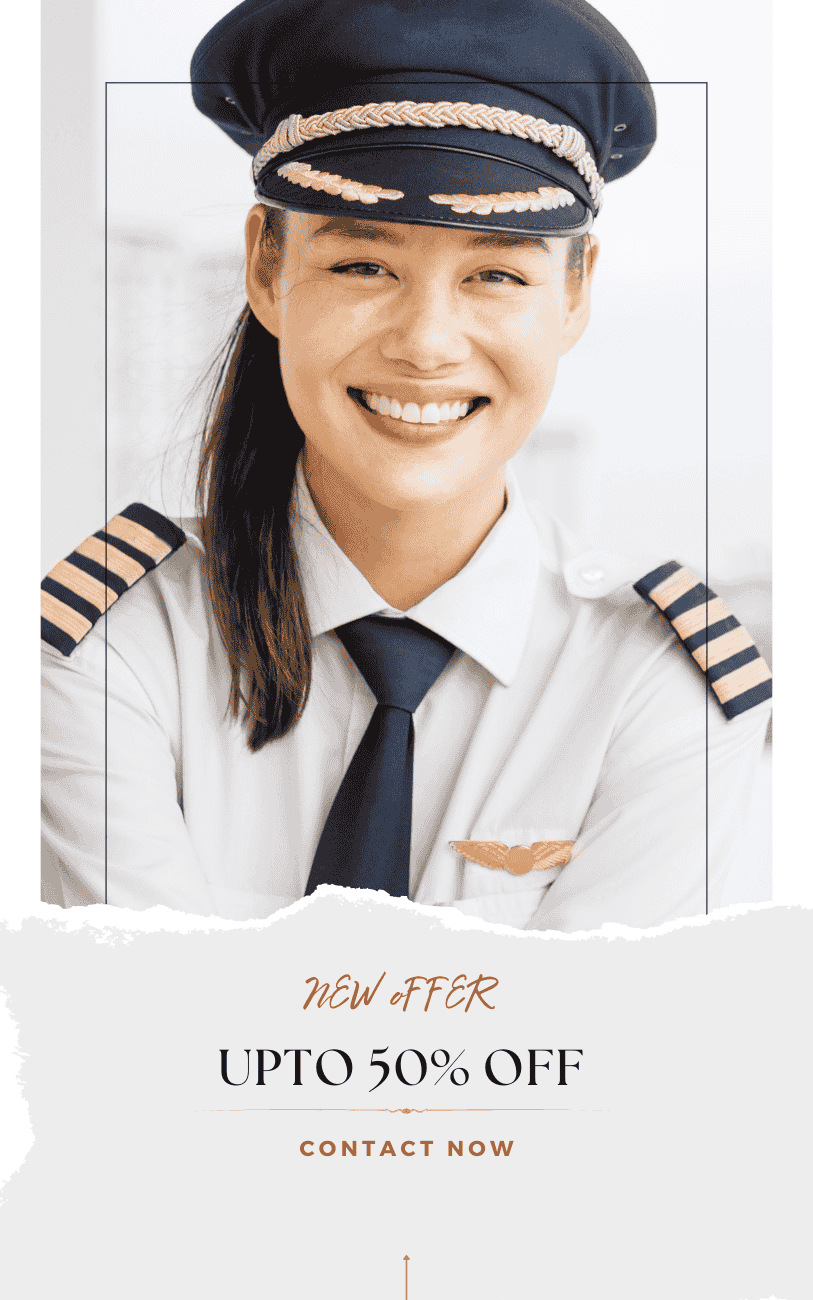How to Become a Pilot after 12th by Flying Star Aviators
Becoming a pilot is a dream for many, offering an exciting and rewarding career. If you have ever wondered how to become a pilot in India after 12th, especially a commercial pilot, this guide by Flying Star Aviators will walk you through the entire process. From pilot requirements and training to understanding pilot salaries and the cost of pilot courses, we cover everything you need to know to make your dream of becoming a pilot a reality. Step-by-Step Guide to Becoming a Pilot Step 1: Meet Basic Requirements Before you start your journey to becoming a pilot, you need to ensure you meet the basic requirements: Age: You must be at least 17 years old. Education: A minimum of 10+2 with Physics and Mathematics. Medical Fitness: Pass the Class II and Class I medical examinations. Step 2: Obtain a Student Pilot License (SPL) The first official step in your pilot training is obtaining an SPL. This involves passing a written exam and a medical test. Step 3: Enroll in a Flight School Choose a reputable flight school like Flying Star Aviators. Here, you will receive both ground training and flight training. Ground training covers subjects such as air regulations, navigation, meteorology, and aircraft systems. Step 4: Obtain a Private Pilot License (PPL) To get your PPL, you need to complete around 40-50 hours of flight training and pass both written and practical exams. This license allows you to fly privately but not for commercial purposes. Step 5: Build Flight Hours Before you can apply for a Commercial Pilot License (CPL), you need to accumulate around 200 flight hours. This experience is crucial for honing your flying skills. Step 6: Obtain a Commercial Pilot License (CPL) To get your CPL, you must complete advanced flight training and pass the required DGCA exams. This license allows you to work as a pilot for hire. Step 7: Get an Airline Transport Pilot License (ATPL) For those aspiring to become airline pilots, obtaining an ATPL is essential. This requires 1500 hours of flight time and passing rigorous exams. It is the highest level of pilot certification. Pilot Training Costs The cost of pilot training varies by location and flight school. In India, the cost can range from INR 20-30 lakhs for obtaining a CPL. In the USA, the training cost can be significantly higher. It is essential to consider these costs and plan your finances accordingly. Pilot Salary Pilot salaries vary based on experience, type of aircraft, and airline. In India, a commercial pilot can earn between INR 1.5-2 lakhs per month initially. Experienced airline pilots can earn significantly more, with senior captains earning upwards of INR 5-6 lakhs per month. In the USA, salaries are generally higher, reflecting the global demand for skilled pilots. Career Opportunities With a CPL, you can work as a commercial pilot for airlines, charter companies, cargo services, or as a flight instructor. The aviation industry offers diverse career paths, each with its own set of challenges and rewards. The Role of Ground Classes in Pilot Training Ground classes are crucial in pilot training, providing the theoretical knowledge needed to pass DGCA exams. At Flying Star Aviators, we offer the best CPL ground classes in India, ensuring our students are well-prepared for their exams and careers. How to Enroll at Flying Star Aviators Enrolling at Flying Star Aviators is simple. Visit our website, fill out the online application form, and our admissions team will guide you through the process. We also provide guidance on meeting eligibility criteria, including medical examinations and educational qualifications. Why Choose Flying Star Aviators? Flying Star Aviators is renowned for its comprehensive training programs, experienced instructors, and state-of-the-art facilities. We provide personalized attention to each student, ensuring they receive the best possible training. Our graduates have a high success rate in securing jobs with leading airlines. Conclusion Becoming a pilot is a challenging yet fulfilling journey. With the right training and dedication, you can achieve your dream of flying. Flying Star Aviators is here to support you every step of the way, from ground classes to obtaining your CPL and beyond. Join us today and take the first step towards a successful career in aviation. For more information on how to become a pilot, pilot training costs, and career opportunities, visit the Flying Star Aviators website or contact our admissions team. We look forward to helping you soar to new heights.

